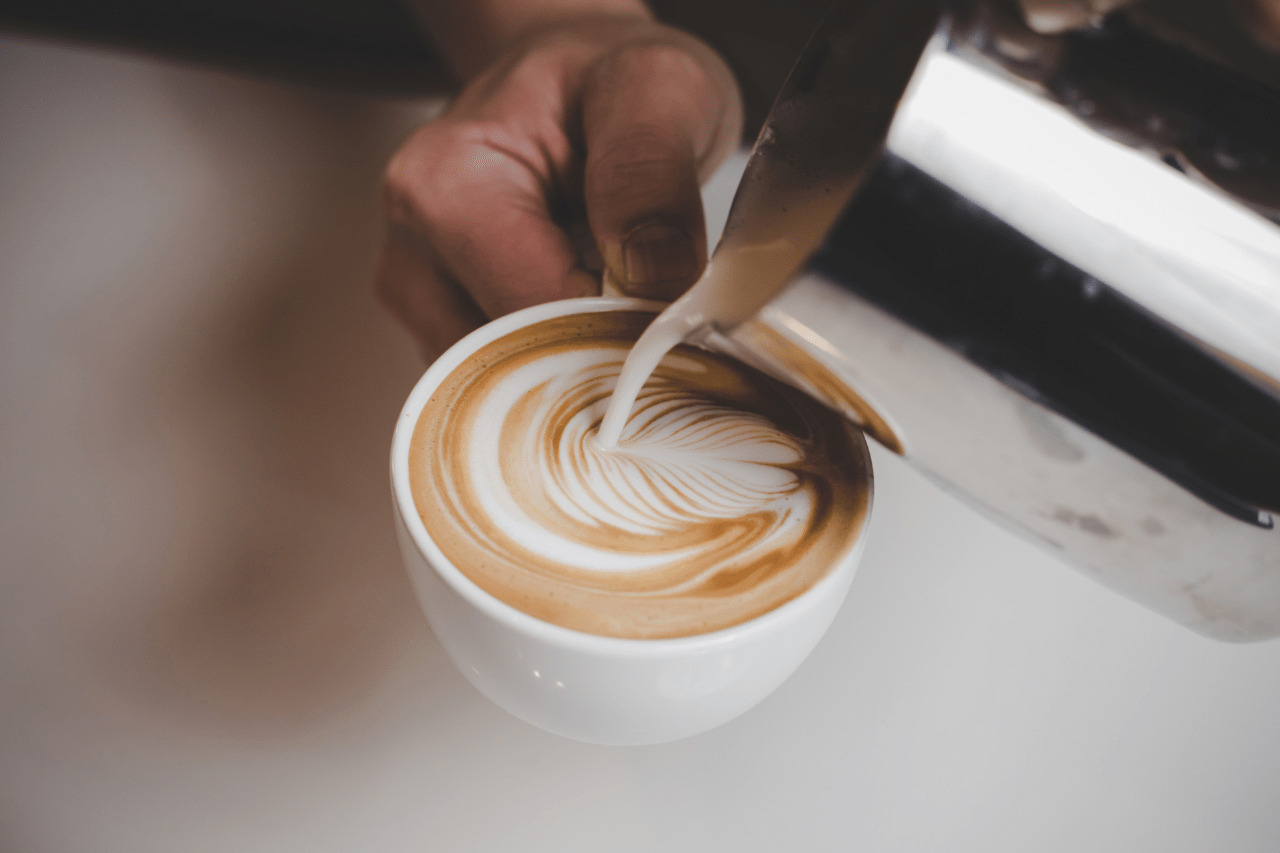When talking about painting psychedelic art, many layers, shapes and, colours come to life. By itself, art can provide a ‘think outside the box’ perspective. When using psychedelics as a tool, this can be greatly amplified. To keep it simple we will focus on psychedelic art such as music and paintings. Some of the greatest art is considered psychedelic art. Some popular psychedelic artists include:
Psychedelic art is often projected from an alternative state of consciousness. As you may have already guessed, psychedelic art is often best enjoyed during the psychedelic experience.
Many psychedelic artists will claim psychedelics hold great credit to their art.
Psychedelics- a great tool for many things such as meditation, therapy and art. LSD can take your imagination to places you would not be able to visit without the usage of this psychedelic. LSD does to your imagination what Mentos does to a bottle of Coca Cola.
When ingesting substances that amplified your imagination in a way such as LSD does, the inspiration that radiates is unmatched. LSD can keep you in touch with the beauty in normality and life in general, which helps when creating art.
This really does makes psychedelics and art the ultimate combination. The same role imagination plays in art, psychedelics play as well. Psychedelics hold space for artists to reach limits they once thought unimaginable.
Psychedelics can be the ultimate source of inspiration for artists where ideas and new artistic concepts can be found.
If you are an artist, psychedelics could open a portal to a world of art inside of you that you didn’t even know existed. If you are not interested in using psychedelics as a tool to further yourself as an artist, try checking out other psychedelic art and artists and study their approach for some insight.
Psychedelic art pushes the boundaries of art in all aspects. It thrashes norms and creates space for unearthly emotions. LSD and art both push the fold of reality in their own way. When put together to create, the results are mystical.
Both of these things have a lot in common, which helps it make sense to us why they work so well together. A major objective in art is the attempt to free the artistic process of rational restrictions. When artists consume psychedelics it helps to expand their artistic freedom and create inside of a space and time outside the concrete walls of our minds.
When we expand our minds, we expand ourselves. When we expand ourselves, we expand our art – and what could be more supernatural than that? The importance of art and LSD hold for humans is in-explainable.
I highly encourage you to look into psychedelic art of all forms and support psychedelic artists all over the world. Art is sacred. Psychedelics are sacred. Psychedelic art is sacred. On that note, I will leave you with a famous quote by Thomas Merton on art that I believe apply to psychedelics and psychedelic art.
‘‘Art enables us to find ourselves and lose ourselves at the same time.’’ – Thomas Merton.










